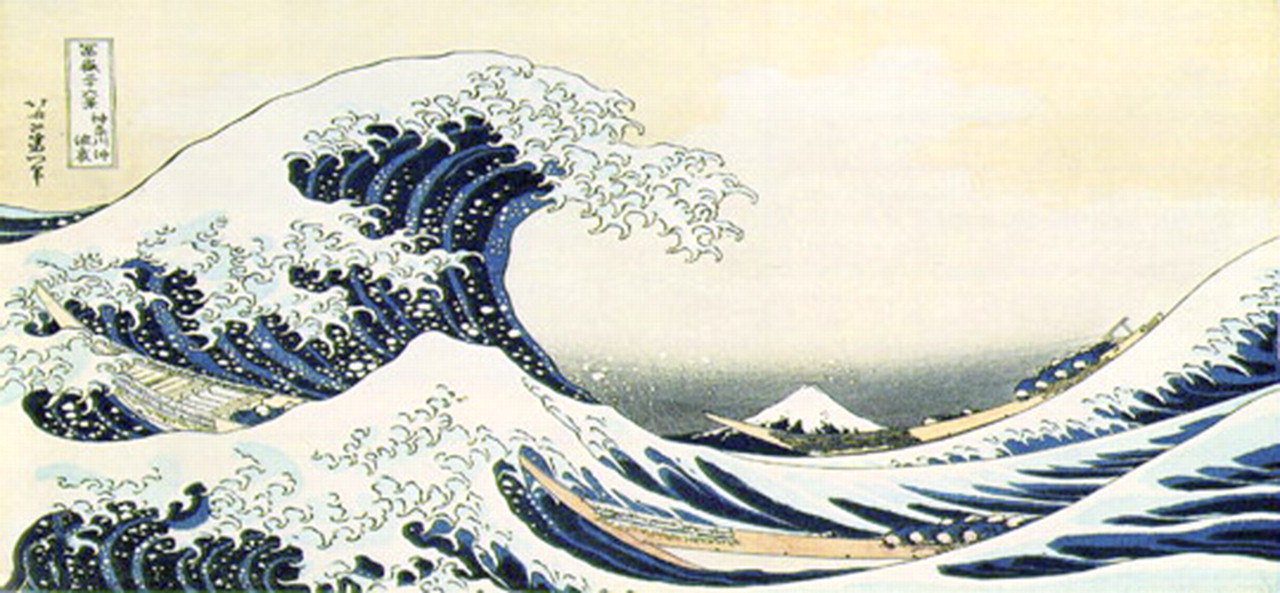Japanese Culture
Food
Japan has a long culinary past and over time has developed
sophisticated and refined cuisine. Lots of Japanese food is plain in order for
them to savour the flavour of nature. Most food is derived from the ocean around
Japan and is low in calories. It will almost always has preserved fruit or
vegetables in it and often consists of many bright colours due to it being from
nature. Commonly known dishes include sushi, tempura, noodles and teriyaki. The
common Japanese diet consists of rice, fresh seafood, and pickled or boiled
vegetables
Clothing in Japan usually consists of bright colours and
floral patterns. They’re generally made from silk or other smooth materials. Kimonos are the traditional clothes of
Japan. The Japanese word kimono translates to "something
one wears". Initially,
the term kimono was used for all forms of clothing, but finally, it came to
refer specifically to the full-length attire also known as the naga-gi, meaning
"long-wear", that is still worn today to important events by women,
men, and children.
Values
Respecting elders is extremely appreciated in Japan. In Japanese
mythology the gods display human emotion, like love and anger. In these stories,
actions that result in positive
relations with others is rewarded, and empathy is highly valued. Behaviour
that harms others is condemned and in the myths is punished by excluding the
offender.
Art
 Painting has been an art in Japan for a very long time. The
brush is a traditional writing and painting tool so to use it as an artist's tool was probably a natural
extension. Japanese painters are often characterized by what they paint, since
most of them constrain themselves solely to a specific subject, for example
landscapes, animals, or figures.
Painting has been an art in Japan for a very long time. The
brush is a traditional writing and painting tool so to use it as an artist's tool was probably a natural
extension. Japanese painters are often characterized by what they paint, since
most of them constrain themselves solely to a specific subject, for example
landscapes, animals, or figures.
The graceful, brush-drawn
Japanese interpretation of text, calligraphy, is seen as a traditional art form
as well as a means of conveying written material. The written work can contain phrases,
poems, stories, or even solitary characters. The style and presentation of the
writing can imitate the subject matter, even to the point of texture and stroke
speed. In some cases, it can take hundreds of tries to produce the wanted
effect of a single character but the procedure of forming the work is recognised
as much an art as the final product itself.
https://www.bbcgoodfood.com/howto/guide/top-10-foods-try-japan
https://blog.crashspace.org/2017/10/ukiyo-e-an-introduction-to-the-floating-world-of-japanese-art-in-the-edo-period/
https://www.amazon.com/slp/japanese-dresses/hmvu5ukv6fg75my
https://triplelights.com/blog/the-13-most-popular-foods-1549
https://www.insidejapantours.com/japanese-culture/
https://cotoacademy.com/japanese-calligraphy/
https://blog.crashspace.org/2017/10/ukiyo-e-an-introduction-to-the-floating-world-of-japanese-art-in-the-edo-period/
https://www.amazon.com/slp/japanese-dresses/hmvu5ukv6fg75my
https://triplelights.com/blog/the-13-most-popular-foods-1549
https://www.insidejapantours.com/japanese-culture/




No comments:
Post a Comment